Sublimation printing requires precise temperature control to ensure vibrant, durable designs. This guide provides material-specific settings, calibration tips, and troubleshooting to help you achieve optimal results every time.
1.1 Why Temperature Matters in Sublimation Printing
Temperature is critical in sublimation printing as it directly affects the chemical transformation of ink into gas, ensuring proper bonding with materials. Too low, and the ink won’t transfer fully; too high, and materials can burn or degrade. The ideal range, typically between 350°F to 400°F, ensures vibrant colors and durability. Incorrect settings can lead to faded prints, uneven transfer, or damage to substrates like polyester or ceramic. Monitoring and adjusting temperature according to material-specific guidelines is essential for professional-quality results and prevents costly mistakes. Always consult manufacturer recommendations and test settings before final production to guarantee optimal outcomes.
1.2 Importance of Calibration for Optimal Results
Calibration is essential for achieving consistent and professional-quality sublimation prints. A well-calibrated heat press ensures accurate temperature control, preventing overheating or underheating, which can ruin materials or result in faded designs. Over time, heat presses may drift from their set temperatures due to wear or environmental factors, making calibration a critical step before printing. Proper calibration involves adjusting the press to match the manufacturer’s specifications, often using tools like thermocouple probes. This process guarantees precise heat distribution, ensuring ink sublimation occurs evenly and efficiently. Regular calibration not only enhances print quality but also extends the lifespan of the heat press and prevents costly reprints or material waste.

Material-Specific Temperature Settings
Different materials require specific temperature settings for sublimation printing. Polyester fabrics, ceramic mugs, tumblers, and metal blanks each have unique optimal ranges for best results.
2.1 Polyester Fabric: Recommended Temperature Ranges
Polyester fabric is a popular choice for sublimation printing due to its durability and vibrant color retention. The ideal temperature range for sublimation on polyester fabric typically falls between 350°F (175°C) and 400°F (200°C). Lower temperatures may result in incomplete dye transfer, while excessively high temperatures can cause discoloration or damage to the fabric. For most standard polyester materials, a temperature of 380°F (193°C) is considered optimal. Pressing time usually ranges between 3 to 5 minutes, depending on the thickness and type of polyester. It’s crucial to ensure the fabric is pre-treated or coated for sublimation to achieve the best results. Always refer to the manufacturer’s guidelines for specific polyester blends, as some may require slight adjustments to the temperature and time settings.
2.2 Ceramic Mugs: Ideal Heat Press Temperature
For sublimation printing on ceramic mugs, the ideal temperature range is typically between 350°F (175°C) and 400°F (200°C). The optimal temperature for most ceramic mugs is around 375°F (190°C) to 400°F (200°C), depending on the mug’s thickness and material. The pressing time usually ranges from 4 to 5 minutes, ensuring the sublimation ink fully transfers to the ceramic surface. It’s important to pre-heat the mug to avoid temperature fluctuations. Thicker or larger mugs may require slightly higher temperatures, while thinner mugs should remain within the lower end of the range. Always use a heat-resistant tape to secure the mug in place and ensure even pressure distribution during the pressing process. Manufacturer guidelines for specific mug types should also be consulted for precise settings.
2.3 Tumblers: Temperature Guidelines for Sublimation
For sublimation printing on tumblers, the ideal temperature range is between 300°F (150°C) and 350°F (175°C). The recommended time for pressing is typically 3 to 4 minutes, depending on the tumbler’s material thickness and size. Stainless steel tumblers, the most common type, require precise temperature control to avoid overheating, which can damage the substrate or cause discoloration. Using a heat-resistant tape is essential to secure the sublimation wrap tightly around the tumbler’s curved surface. Preheating the tumbler before pressing ensures even heat distribution. Always refer to the manufacturer’s guidelines for specific tumbler types, as some may require slightly adjusted temperatures or times. Proper calibration ensures vibrant, durable prints on tumblers.

2.4 Metal Blanks: Specific Temperature Requirements
Metal blanks, such as stainless steel or aluminum, require precise temperature settings for sublimation. The ideal temperature range is typically between 350°F (175°C) and 400°F (200°C), depending on the metal type and thickness. Pressure settings should be high to ensure proper contact between the sublimation paper and the metal surface. The pressing time usually ranges from 3 to 4 minutes, but this may vary based on the metal’s conductivity and the design complexity. Overheating can cause discoloration or damage, so monitoring the temperature is crucial. Using a thermocouple probe can help maintain accuracy. Always refer to the manufacturer’s guidelines for specific metal blanks, as some materials may have unique requirements for optimal results.
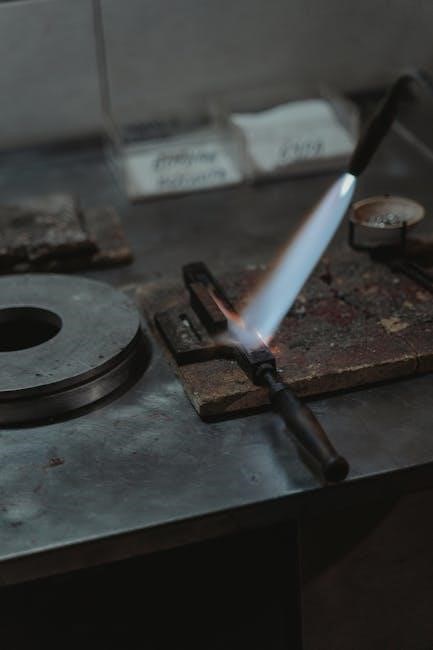
Pressure and Time Considerations
Pressure and time are critical in sublimation printing, varying by material and thickness. Proper pressure ensures even transfer, while time affects dye penetration. Adjust settings carefully for optimal results.
3.1 Pressure Settings for Different Materials
Pressure settings vary significantly depending on the material being used in sublimation printing. For fabrics, medium to high pressure is typically recommended to ensure proper ink transfer and adhesion. Ceramics and tumblers require a firm press to prevent shifting, while metal blanks may need slightly higher pressure due to their hardness. It’s important to test pressure settings on scrap material first to avoid damaging the substrate or causing image distortion. Using a heat press with adjustable pressure controls allows for precise calibration. Overpressure can lead to cracking or warping, especially on fragile materials like glass or ceramic. Always refer to the manufacturer’s guidelines for specific recommendations tailored to your equipment and materials.
3.2 Time Settings: How Long to Press for Each Material
Time settings in sublimation printing are crucial for achieving vibrant, permanent designs. For polyester fabrics, a press time of 3 to 4 minutes at medium-high temperature is typically recommended. Ceramic mugs and tumblers usually require 4 to 5 minutes to ensure proper ink sublimation. Metal blanks may need slightly shorter times, around 3 to 4 minutes, depending on thickness and material type. It’s important to adjust based on the substrate’s ability to absorb and retain heat. Over-pressing can cause fading or ghosting, while under-pressing leads to incomplete transfers. Always test settings on scrap material first to ensure optimal results. Manufacturer guidelines provide a good starting point, but real-world testing is essential for consistency and quality.
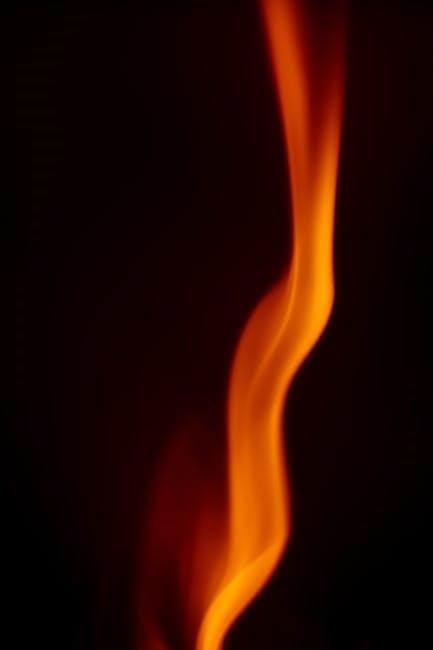
Troubleshooting Common Issues
Common issues in sublimation printing include overheating, underheating, and uneven pressure. These problems can cause faded designs, warped materials, or incomplete transfers. Regular machine calibration and proper substrate preparation are essential for consistent results. Always refer to manufacturer guidelines for specific troubleshooting solutions.
4.1 Overheating: Signs and Solutions
Overheating is a common issue in sublimation printing, leading to discolored designs, warped materials, or even a burnt smell. Signs include overly dark or faded prints, bubbling, or substrate deformation. Causes often stem from incorrect temperature settings, prolonged press time, or insufficient cooling. To address overheating, ensure accurate temperature calibration using a thermocouple probe. Reduce the heat press temperature by 5-10°F and shorten press time. Always refer to material-specific guidelines. Proper ventilation and cooling pads can also prevent overheating. Regularly maintaining the heat press and using heat-resistant tape can further mitigate risks, ensuring vibrant and durable sublimation results.
4.2 Underheating: Causes and Corrections
Underheating is another common challenge in sublimation printing, often resulting in faint or blurry designs. Causes include insufficient temperature settings, inadequate press time, or materials with higher thermal requirements. Signs of underheating include light, patchy, or unvibrant prints; To correct this, increase the temperature in small increments (5-10°F) and extend the press time slightly. Ensure the heat press is preheated properly and calibrated for accuracy. Using a thermocouple probe can help verify temperatures. Additionally, consult the manufacturer’s guidelines for specific materials, as some substrates require higher heat. Proper pressure application is also crucial to prevent uneven transfer. Addressing underheating ensures crisp, vibrant designs with optimal color consistency.
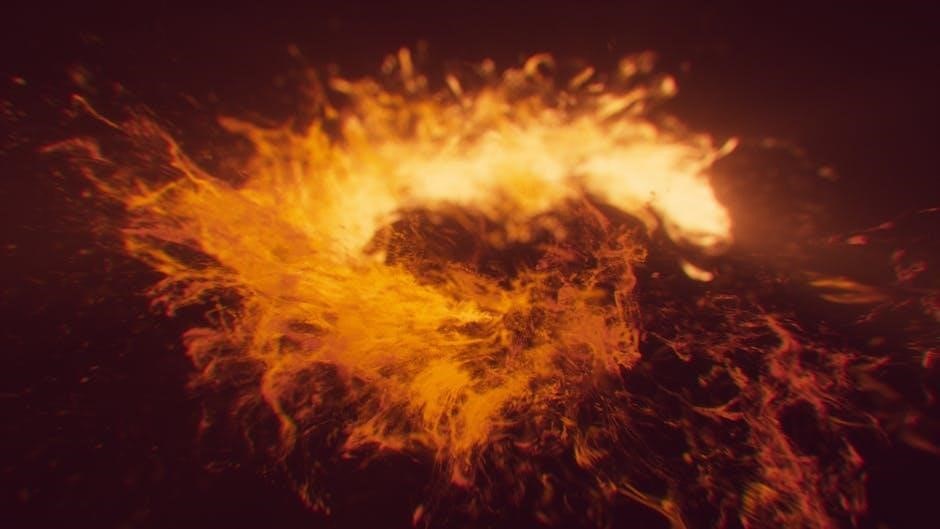
Manufacturer Guidelines
Always follow manufacturer guidelines for heat presses and sublimation materials. They provide specific temperature, pressure, and time recommendations for optimal results and equipment longevity.
5.1 Heat Press Manufacturer Recommendations
Heat press manufacturers provide detailed guidelines for temperature, pressure, and time settings tailored to specific models. Always refer to the user manual for precise recommendations, as settings vary by machine. Calibration is often emphasized to ensure accuracy, and some manufacturers include thermocouple probes for real-time temperature monitoring. For sublimation, they may suggest preheating the press and using a heat-resistant tape for even pressure distribution. Regular maintenance, like cleaning the heating element, is also advised to maintain performance. Adhering to these recommendations helps prevent overheating, underheating, and damage to both the press and substrates. Popular brands like Epson, Ricoh, and HeatPress Nation often provide charts or digital tools for optimal results. Following these guidelines ensures consistent, professional-quality sublimation prints every time.
5.2 Sublimation Ink and Paper: Manufacturer Instructions
Manufacturers of sublimation ink and paper provide specific guidelines to ensure vibrant, durable prints. It’s crucial to follow these instructions to avoid fading or ghosting. Most recommend using high-quality, compatible ink and paper designed for sublimation. The ideal temperature range for ink transfer is typically between 350°F and 400°F, depending on the substrate. Pressure settings should be medium to high to ensure proper ink adhesion. Printing time usually ranges from 30 seconds to several minutes, depending on the material. Always refer to the product manual for exact settings, as variations exist between brands. Proper alignment of ink and paper is also essential for professional results. Ignoring these guidelines can lead to poor image quality and wasted materials.
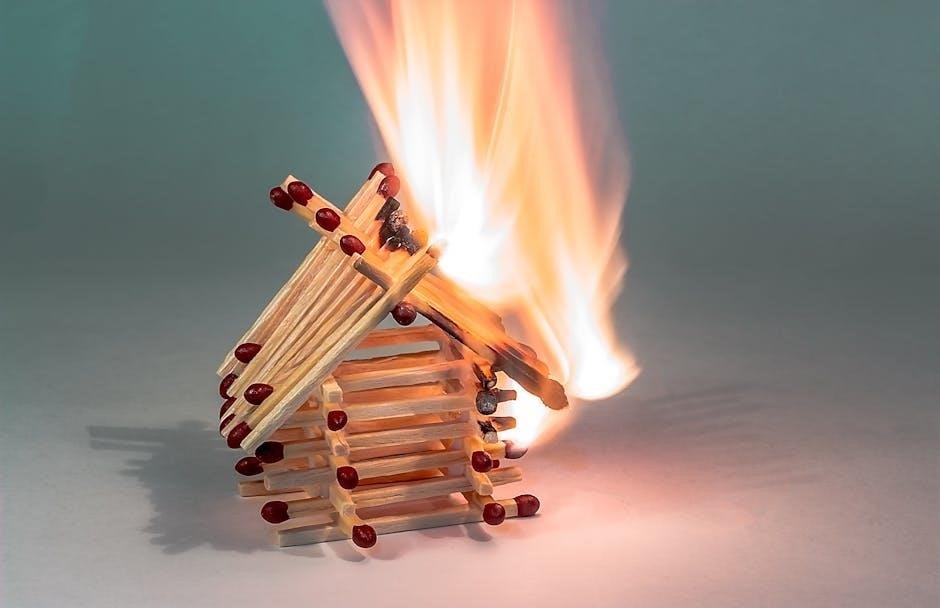
Tools for Precision
6.1 Thermocouple Probes for Accurate Measurement
Thermocouple probes ensure accurate temperature measurement in sublimation printing. They monitor heat press temperatures precisely, preventing overheating or underheating. Essential for achieving consistent, high-quality results across materials.
Thermocouple probes are essential tools for ensuring precise temperature control in sublimation printing. These probes are designed to measure heat press temperatures accurately, providing real-time data to maintain optimal conditions. By monitoring temperature fluctuations, they help prevent overheating or underheating, which can damage materials or result in poor print quality. Thermocouples are highly responsive and precise, making them ideal for achieving consistent results across various substrates. Regular calibration of these probes ensures accuracy, while their durability allows them to withstand high-temperature environments. Investing in a high-quality thermocouple probe is crucial for professionals seeking reliable and repeatable outcomes in sublimation printing. They are indispensable for maintaining professionalism and quality in sublimation projects.
6.2 Heat-Resistant Tape for Even Pressure
Heat-resistant tape plays a crucial role in sublimation printing by ensuring even pressure distribution during the heat press process. This tape, designed to withstand high temperatures, is applied to the heat press platen or substrate to prevent uneven pressure that can lead to incomplete transfers or material damage. It is especially useful for curved or irregularly shaped items like mugs and tumblers, where maintaining consistent contact is challenging. The tape helps secure materials firmly, reducing the risk of shifting during pressing. Its heat-resistant properties prevent melting or degradation, even at high temperatures. By promoting uniform pressure and heat transfer, heat-resistant tape enhances the quality and durability of sublimation prints, making it a must-have accessory for professionals and hobbyists alike.
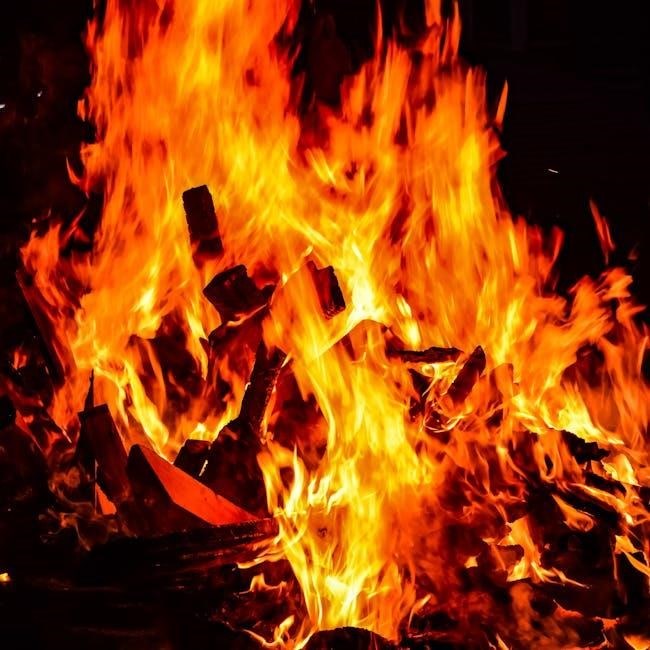
Future Trends in Sublimation Technology
Future trends in sublimation technology include eco-friendly inks, faster printing times, and integration with smart devices for enhanced customization, efficiency, and higher resolution outputs.
7.1 Smart Heat Presses: Automated Temperature Control
Smart heat presses are revolutionizing sublimation printing with automated temperature control, enabling precise and consistent results. These advanced machines use Wi-Fi or Bluetooth connectivity, allowing users to adjust settings via smartphone apps. They often feature pre-programmed profiles for specific materials, ensuring optimal temperature and pressure settings without manual adjustments. Automated temperature control reduces human error, leading to higher-quality transfers. Some models even learn from previous prints, adapting to improve outcomes. This technology is particularly beneficial for bulk orders, as it maintains uniformity across all items. Additionally, smart heat presses often include features like automatic shut-off and maintenance alerts, enhancing safety and efficiency. These innovations are making sublimation more accessible and efficient for both hobbyists and professionals.
- Wi-Fi/Bluetooth connectivity for app control
- Pre-programmed material profiles
- Adaptive learning for improved results
- Automatic shut-off and maintenance alerts
- Enhanced safety and efficiency
7.2 AI in Sublimation: Predicting Optimal Settings
Artificial intelligence (AI) is transforming sublimation printing by predicting optimal temperature, time, and pressure settings for various materials. AI algorithms analyze data from past prints, material thickness, and environmental factors to recommend precise settings. This technology minimizes trial and error, ensuring consistent results. AI systems can also monitor prints in real-time, adjusting settings to prevent overheating or underheating. Additionally, AI learns from user preferences and adapts to new materials or ink types. This intelligent approach streamlines the sublimation process, making it faster and more efficient. By combining AI with smart heat presses, users achieve professional-quality prints with minimal effort. AI is set to redefine sublimation, offering unparalleled precision and customization.
- Analyzes material properties and environmental factors
- Real-time monitoring and adjustments
- Adaptive learning for improved results
- Minimizes trial and error
- Enhances efficiency and customization
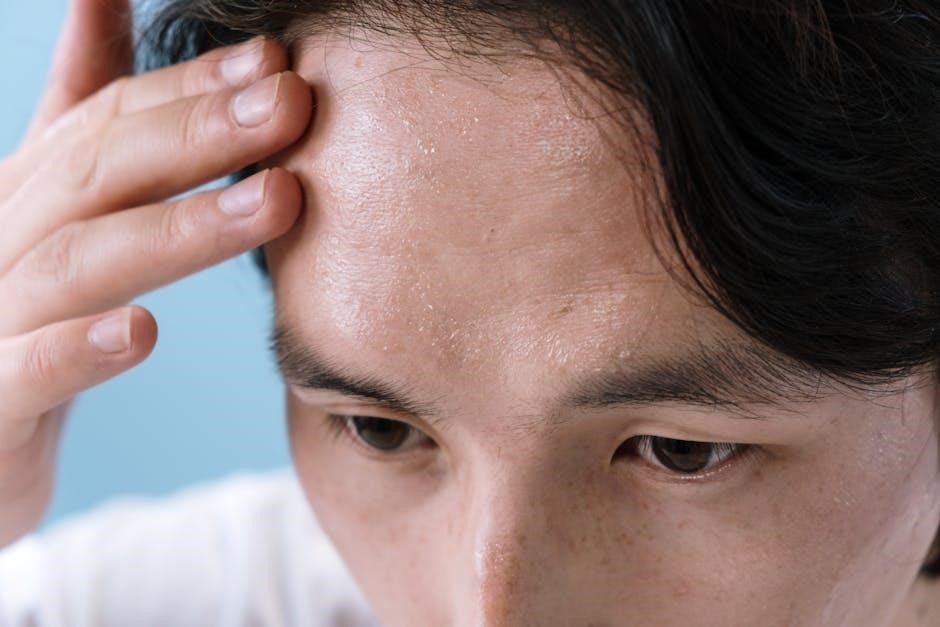
Additional Factors Influencing Temperature
Material thickness, ambient room temperature, and humidity levels significantly impact sublimation temperatures. Thicker materials may require higher heat, while cooler rooms demand increased press temperatures. Humidity can slow dye transfer.

- Material thickness affects heat penetration
- Ambient temperature influences press settings
- Humidity slows dye-sublimation process
8.1 Thickness of Material: Adjusting Temperature
The thickness of the material plays a crucial role in determining the optimal temperature for sublimation printing. Thicker materials, such as heavy-duty polyester fabrics or metal blanks, require higher temperatures to ensure the heat penetrates evenly. This is because denser materials act as better insulators, making it harder for heat to distribute uniformly. Conversely, thinner materials like lightweight fabrics or paper may burn or discolor if exposed to excessive heat. It’s essential to adjust the temperature based on the material’s thickness to achieve vibrant, long-lasting prints without damaging the substrate.
- Thicker materials need higher temperatures for even heat penetration
- Thinner materials require lower temperatures to prevent burning
- Material density affects heat distribution and transfer efficiency
For example, thin fabrics may require temperatures around 380°F (193°C), while thicker materials could need up to 420°F (220°C). Always test settings on scrap material to ensure optimal results.
8.2 Ambient Room Temperature: Its Impact
Ambient room temperature significantly influences sublimation printing results. Ideal conditions typically require a stable room temperature between 60°F (15°C) and 80°F (27°C). Extreme cold or heat can affect the heat press’s ability to maintain consistent temperatures, leading to uneven heating. For example, in colder environments, the press may struggle to reach the set temperature, while hot rooms can cause overheating. This variability can result in underheated or overcooked prints, affecting color vibrancy and durability. Maintaining a controlled workspace ensures accurate temperature performance and consistent sublimation results.
- Stable room temperature is crucial for consistent heating
- Extreme temperatures can lead to uneven results
- Monitor and adjust settings based on ambient conditions
Always consider the environment when calibrating your heat press for optimal performance.
